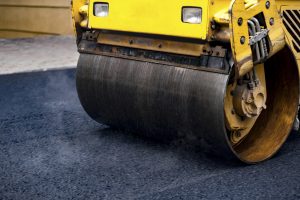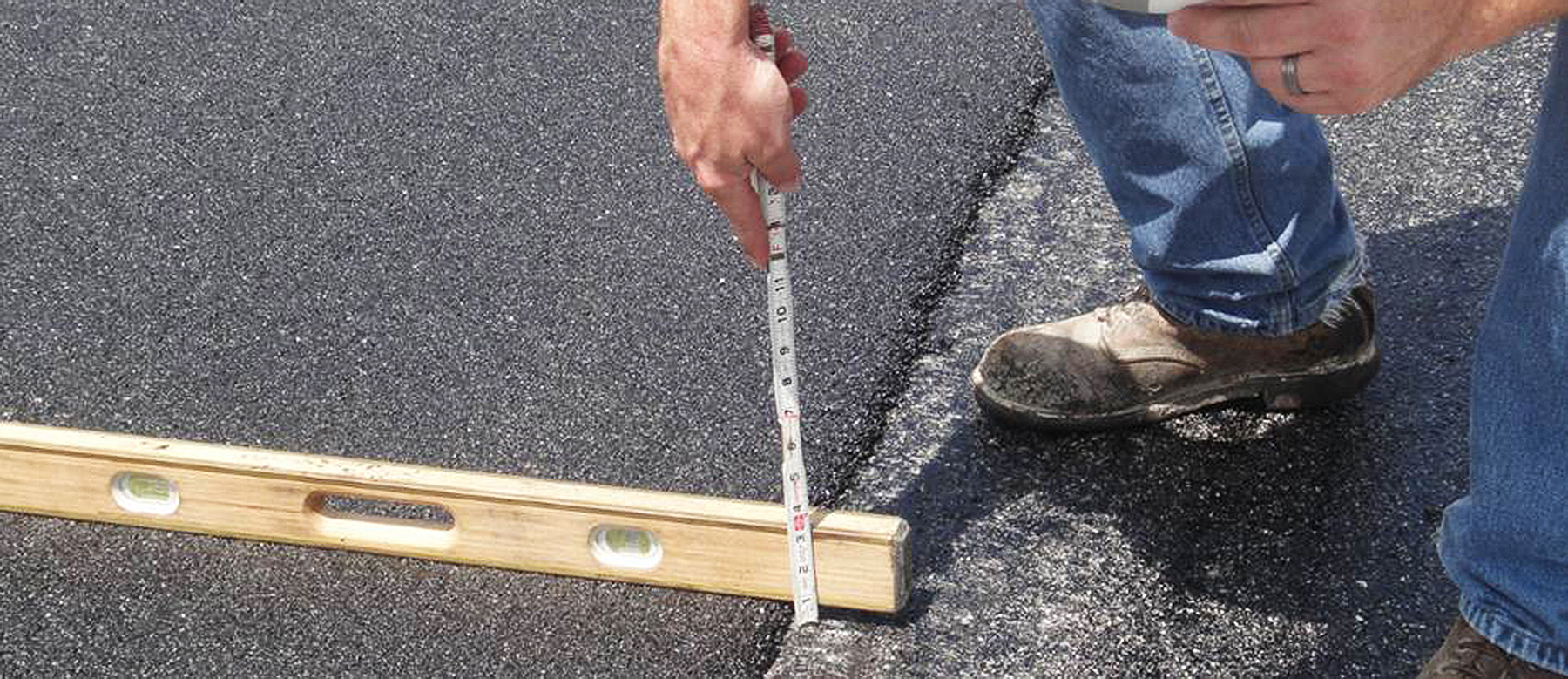Change Your Home's Landscape with Hot Mix Asphalt Paving Quality
Change Your Home's Landscape with Hot Mix Asphalt Paving Quality
Blog Article
Opening the Secrets of Hot Mix Asphalt Technology
Checking out the depths of warm mix asphalt technology reveals a globe where precise formulations and precise processes merge to form our roadways and framework. The blend of fillers, accumulations, and binders isn't simply a building task however a calculated orchestration of toughness and effectiveness. As we peer into the elaborate dance of elements, a tapestry of resilience and sustainability unfolds. What lies beneath this surface area of asphaltic proficiency, and what tricks wait to be unveiled in the realm of leading technologies?
Significance of Warm Mix Asphalt
Warm Mix Asphalt plays an important role in modern-day infrastructure advancement due to its longevity and cost-effectiveness. As the most commonly utilized leading material for roadways, highways, and car park lots, Warm Mix Asphalt offers a series of benefits that contribute to its relevance in building tasks. One key benefit is its capability to endure hefty traffic tons and rough weather, providing a trustworthy and durable surface area for transport networks. In Addition, Hot Mix Asphalt is economical in both first construction and long-lasting upkeep, making it a favored option for several framework projects.
The durability of Hot Mix Asphalt stems from its composition, which includes aggregates, binder, and filler products that are carefully selected and mixed to fulfill details efficiency needs. This specific mix causes a strong and versatile pavement that can endure constant usage without substantial deterioration. Hot Mix Asphalt is 100% recyclable, further boosting its sustainability and ecological benefits. In general, the importance of Warm Mix Asphalt in framework advancement can not be downplayed, as it remains to be a keystone of modern-day building practices.
Components of Asphalt Mixes
The structure of asphalt blends is composed of very carefully selected accumulations, binder, and filler materials that are critical for achieving certain performance needs. Aggregates are the primary element of asphalt mixes, supplying strength and security. These aggregates can be natural, such as crushed rock or crushed rock, or synthetic, like recycled materials from old sidewalks. The binder, normally bitumen or asphalt concrete, holds the aggregates together and gives flexibility and durability to the mix. The choice of the binder is critical as it directly affects the mix's efficiency in different weather. Fillers, such as hydrated lime or Portland concrete, are used to enhance the mix's workability and aging resistance. Angled Parking.
The mix and percentage of these parts play a considerable function in establishing the top quality and performance of the asphalt mix. Engineers carefully develop the mix to satisfy certain needs, taking into consideration factors like traffic volume, climate conditions, and sidewalk life-span. Correct option and harmonizing of aggregates, binder, and fillers are important for producing long lasting, resilient asphalt sidewalks.
Mixing and Production Techniques

When the accumulations are chosen, the binder, usually asphalt cement, is included in bind the products with each other. The binder's quality and quantity considerably impact the mix's resistance, stamina, and flexibility to ecological variables. In addition, fillers like hydrated lime or Rose city cement might be included to weblink boost particular characteristics of the asphalt mix, such as its workability or wetness resistance.
Throughout production, the accumulations and binder are heated up, commonly in between 250-325 ° F(121-163 ° C ), to promote blending and guarantee proper covering of the accumulations. The blending process must be extensive to accomplish a homogeneous blend that advertises the preferred efficiency characteristics of the asphalt. Various techniques, such as set blending or drum mixing, are employed to accomplish top quality and constant asphalt mixes for building and construction projects.
Factors Impacting Asphalt Efficiency
Variables influencing asphalt performance incorporate an array of variables that affect the resilience, long life, and total top quality of asphalt sidewalks. One crucial aspect is the quality of products used in the asphalt mix.

Style considerations, such as pavement thickness and drainage, are important in guaranteeing the long-term performance of the asphalt pavement. By very carefully thinking about these designers, contractors and variables can enhance asphalt efficiency and improve the service life of sidewalks.
Sustainable Practices in Asphalt Modern Technology

Additionally, the development of warm-mix asphalt (WMA) technologies has actually gotten grip over the last few years. WMA enables the manufacturing and placement of asphalt mixes at reduced temperature levels compared to conventional hot-mix asphalt, resulting in lowered power usage and greenhouse gas emissions. Furthermore, making use of porous asphalt mixes can aid minimize stormwater overflow problems by allowing water to penetrate with the pavement and right into the ground, promoting all-natural water filtering and visit this page recharge procedures. By executing these lasting methods, the asphalt market can contribute to developing a more resilient and eco friendly facilities network.
Verdict
Finally, hot mix asphalt modern technology plays an important duty in modern-day infrastructure advancement because of its durability and cost-effectiveness. By very carefully stabilizing parts, using correct blending strategies, and thinking about numerous variables, designers can develop high-quality asphalt mixes that withstand heavy traffic loads and harsh weather. Welcoming lasting methods, such as using warm-mix innovations and recycled materials, further enhances the environmental friendliness of asphalt technology.
Mixing and manufacturing strategies in hot mix asphalt technology involve the precise mix and processing of aggregates, binder, and fillers to develop a high-performance and long lasting asphalt mix.Elements influencing asphalt efficiency include a range of variables that influence the longevity, durability, and overall high quality of asphalt pavements. Lasting methods in asphalt technology incorporate different initiatives intended at decreasing the environmental effect of asphalt production and paving procedures. By integrating redeemed asphalt Web Site sidewalk (RAP) and recycled asphalt shingles (RAS) right into brand-new asphalt mixes, the sector can considerably decrease the usage of raw products and energy, while additionally reducing land fill waste.
WMA permits for the production and positioning of asphalt mixes at reduced temperatures compared to traditional hot-mix asphalt, resulting in minimized power usage and greenhouse gas exhausts.
Report this page